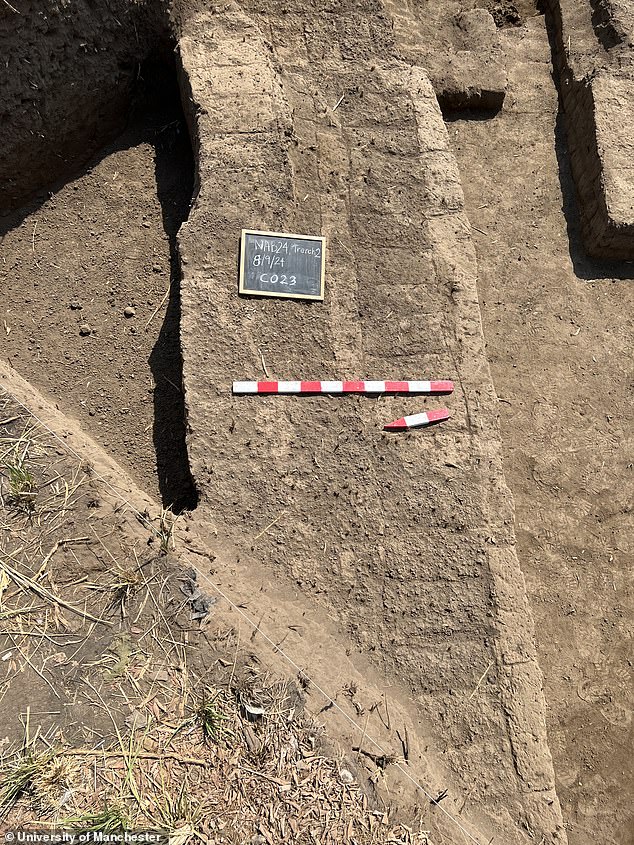
Archaeologists Unearth 2,500-Year-Old Lost City in Ancient Egypt
Ancient Egyptian City Unearthed, Revealing 2,500-Year-Old Urban Life
(Image: Excavation site showing mudbrick tower houses and temple foundations)
Archaeologists have uncovered the 2,500-year-old city of Imet, located six miles south of Tanis in Egypt’s Nile Delta. Once a thriving religious and economic hub, Imet flourished during the Late Period (4th century BC) under the Ptolemaic dynasty before Alexander the Great’s conquest in 332 BC.
Tower Houses and Dense Urban Growth
The discovery by the University of Manchester and Sadat City University revealed multi-story “tower houses” with thick mudbrick walls, designed to accommodate a booming population. “These structures show Imet was a crowded, complex city,” said Dr. Nicky Nielsen, who led the dig. Remote sensing technology helped pinpoint clusters of structures buried beneath the delta.
(Image: Glazed ceramic funerary figurine ["ushabti"] from 664–525 BC)
Economic and Religious Hub
Excavations uncovered granaries, animal pens, and a ceramic workshop, indicating a robust agricultural economy. Key finds included a ceremonial building linked to Wadjet, the cobra-headed goddess of Lower Egypt. “Wadjet symbolized fertility, and people offered votive figurines to her temples,” Dr. Nielsen explained. A limestone-paved processional route, once used for religious parades, later fell into disuse, hinting at shifting religious practices.
Artifacts Offer Glimpses of Daily Life
Among the artifacts was a bronze rattle (sistrum) adorned with Hathor’s face, used in temple rituals. “It likely fell from a collapsed tower house,” Dr. Nielsen noted. A stone tablet carved with imagery of Harpocrates (a child deity) and protective symbols highlighted Imet’s spiritual diversity.
(Image: Bronze sistrum found in the city streets)
Connecting Ancient Lives
The discoveries illuminate daily life in a rarely studied era. Unlike Egypt’s grand tombs, Imet’s ruins reveal urban planning and domestic struggles. Green faience ushabtis (funerary figurines) and imported pottery also underscored trade ties across the Mediterranean and Nile Valley.
(Image: Stone tablet with Harpocrates carvings)
Historical Context
Alexander the Great’s conquest marked the end of Imet’s peak. His empire-building reshaped Egypt, blending Greek and Egyptian cultures during the Ptolemaic era. While Alexander’s tomb remains lost, his influence is evident in sites like Imet, which adapted to new rulers before fading into history.
This excavation bridges gaps in understanding Egypt’s urban life, proving cities like Imet were as dynamic as their monumental counterparts.
(Image: Satellite view of the Nile Delta excavation site)
Final Thoughts
“These findings reshape our view of ancient Egyptian society beyond tombs and temples,” said Dr. Nielsen. Imet’s story—of growth, faith, and decline—adds depth to the legacy of one of history’s most fascinating civilizations.
Word count: ~600


